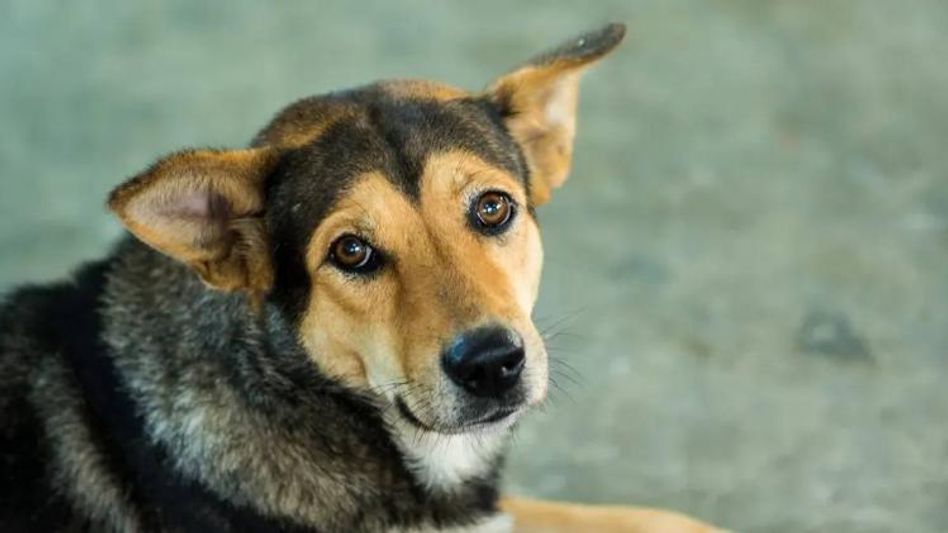Food for thought: What a Naga youngster thinks about dog meat
If the consumption of pork, beef, mutton, and chicken can go unrestrained, why denounce the consumption of dog meat, asks Keletsino Mejura.
 Representative Image
Representative ImageDog meat trade is commonly practiced in Asian countries such as China, South Korea, the Philippines, Thailand, Laos, Vietnam, Cambodia, and Indonesia. In India, the practice is prevalent mostly in Nagaland and a couple of other northeastern states. It is a well-organized trade, where dog meat is openly sold in the markets for consumption. .
Nagaland is a vibrant and appealing geography, which is rich in diversity with over 17 major tribes and sub-tribes, with about 60 spoken dialects and more than 20 festivals celebrated annually. The state is widely known for its tribal cuisines that consists of various meats, organic vegetable, and edible insects, with rice being their staple food.
A striking food choice of this tribal state is ‘dog meat’, for which they have been widely criticized and mocked at for decades. From being labelled as ‘wild’, ‘barbarous’ and ‘uncivilized’, Nagas have also been victims of racism in mainland India, because of their food habits and, of course, their features.
There is no clear concept or source on how the people of Nagaland began consuming dog meat although it is believed to have been in existence since the time of their settlement. Factors like geographical conditions, lack of meat sources and the practice of nomadic lifestyle with hunting being the main activity led the Nagas to rear dogs as hunting partners. In earlier times, when the hunting dogs grew old or died, the owners would offer it to their extended families or friends for consumption as there was a strong sense of emotional attachment between the dog and its owner.
Even today, this act of offering one’s pet dog to friends and families for consumption, after it grows old and weary is prevalent, although, there are some, who prefer burying their pet dogs rather than offering it for consumption. There is no mandatory rituals or procedures for taking in the dog meat. For the Naga people it is a delicacy that they relish. The meat is also considered to have medicinal properties as it provides immunity against diseases and helps in regaining strength.
An essential clarification is that not all the inhabitants of Nagaland eat dog meat. A greater part of the younger generations abstains from it and only a tiny population of the state consumes it. Dog meat is not linked to any specific tribe as majority of the tribes include dog meat in their food habits. Like the rest of India, a large number of the Nagas also keep dogs as their pets, ranging from local breed dogs to imported dog breeds and certainly not for hunting purposes.
It is also unfortunate to see a lot of the younger generations being ashamed of admitting their food habits. “A lot of the younger generations are choosing to deny this part of their culture as a result of foreign influences. We are often mocked at for our food practices and so, to fit in, we are losing our preserved culture,” says Kevithuto Neikha, a law student from Nagaland. He personally does not consume dog meat just as he doesn’t take fish and duck. However, he respects the food choices of people around him and expects the same from others. Dog meat is undoubtedly an acquired taste and the choice of consuming it is personal. But to deny it as being part of one’s food culture and to go against your people for its consumption is heartbreaking, feels Neikha.
It is often a comical sight when the very people championing the banning of dog meat consumption are seen devouring other types of meat, ranging from chicken, beef, pork, and goat. No doubt, pigs and cows too encounter pain while being slaughtered, yet their consumption doesn’t bat an eyelid.
The Naga society was greatly affected with the government’s decision to ban the commercial import and trading of dogs, prohibition of dog markets and sale of dog meat, which had come into effect on July 4, 2019. This was a result of various animal rights activists taking to social media and other media platforms to assert that cruelty inflicted upon dogs through dog meat trade and their consumption was illegal and intolerable. There was distress among the consumers, sellers, and traders as a consequence of the ban. It was the imposing of force on a community’s food habits, through the usage of law and this did not sit well with the Naga Society.
“Dog meat is a delicacy, in my opinion. I think if one finds it fitting for their appetite, others should not try to force their opinions on the dog meat eaters. The message is simple: live and let live, if you don’t want to eat dog meat, that’s up to you but you cannot refrain someone from eating something that has been part of their culture,” says Khrieyie Belho, a graduate from Kohima. There was wide unrest and debates over the banning of dog meat in Nagaland. Eventually, the ban was stayed by the Kohima bench of the Gauhati High Court in late November 2020.
The debate on whether the consumption of dog meat should be allowed or banned will be up for debate even in the years to come but it is important to remember that it isn’t in our hands to dictate our views into someone else’s preferences that are undoubtedly rooted in their prolonged history—a piece they carry into their present—of culture and tradition. One way forward to seeing a solution would be creating awareness and inculcating ethical values. In addition, edification about the multiple cultures and their differences to the population while also teaching the young to accept one another despite our divergence will go a long way in preserving humanity.
Also read : Assam's culinary culture under attack: Debunking the myth of 'Dog' meat consumption
Copyright©2026 Living Media India Limited. For reprint rights: Syndications Today









